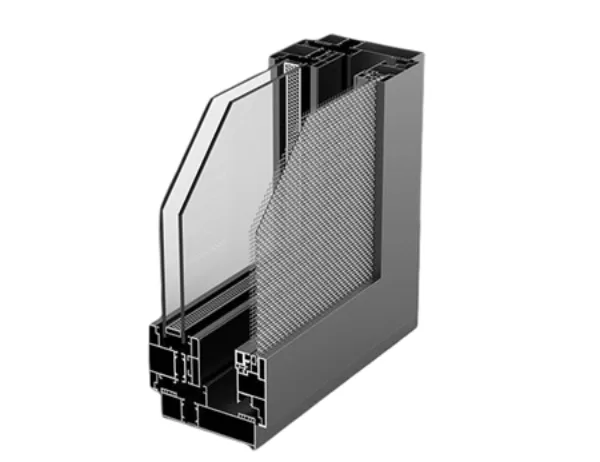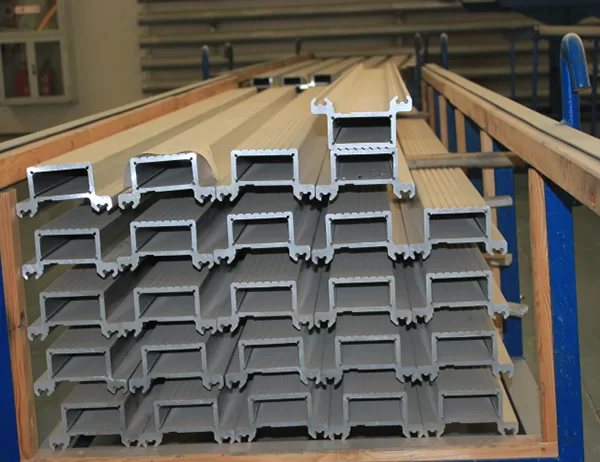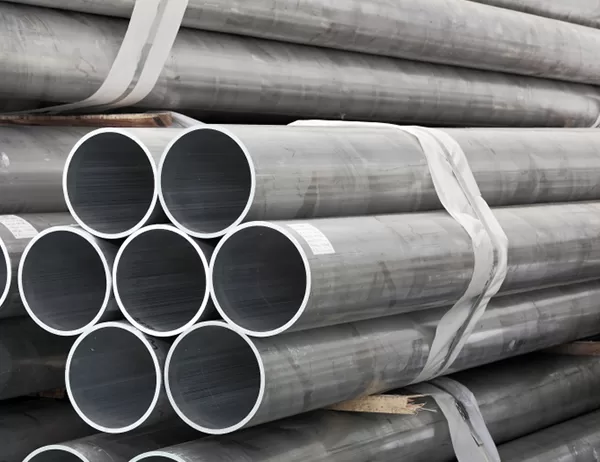The article “How to Design Effective Frameworks with 100mm Aluminum Tubes” comprehensively explores the techniques and considerations for creating robust and efficient frameworks using 100mm aluminum tubes. This article provides valuable insights for engineers, architects, and designers seeking to optimize the performance of their aluminum-based frameworks.
Understanding the Material: 100mm Aluminum Tubes
Aluminum is a versatile material, offering an exceptional strength-to-weight ratio, corrosion resistance, and ease of fabrication. 100mm aluminum tubes, specifically, provide an ideal balance of strength, lightweight, and cost-effectiveness, making them suitable for various structural applications. Understanding the material properties and behavior is essential for designing effective frameworks.
Structural Analysis and Design
Frameworks are subject to various external forces, including gravitational loads, wind loads, and seismic loads. Accurate structural analysis is crucial to ensure the framework’s stability and load-bearing capacity. Engineers employ sophisticated software tools to model and analyze the framework’s behavior under different loading conditions. Based on the analysis results, they optimize the tube arrangement, wall thickness, and connection details to meet the desired performance criteria.
Joint Design and Connections
Joints are critical elements that connect the individual tubes and transfer loads throughout the framework. The choice of joint design depends on several factors, including load requirements, tube geometry, and fabrication capabilities. Common joint types for aluminum frameworks include bolted connections, welded connections, and adhesive bonding. Each type has its advantages and limitations, and engineers must carefully consider the specific requirements of the framework.
Fabrication and Assembly
Fabrication and assembly processes significantly impact the framework’s quality and performance. 100mm aluminum tubes can be cut, bent, and welded to achieve the desired shapes and dimensions. Welding techniques must be optimized to ensure strong and durable joints while minimizing heat-affected zones. Proper alignment and assembly procedures are crucial to maintain the framework’s structural integrity and dimensional accuracy.
Surface Treatment and Protection
Aluminum frameworks often require additional surface treatments to enhance their durability and aesthetic appeal. Anodizing, powder coating, and painting are common methods used to protect aluminum surfaces from corrosion, wear, and UV radiation. The choice of surface treatment depends on the intended application, environmental conditions, and the desired aesthetic outcome.
Conclusion
Designing effective frameworks with 100mm aluminum tubes involves a multi-faceted approach that encompasses material understanding, structural analysis, joint design, fabrication, and surface treatment. By carefully considering these aspects, engineers can create robust and efficient frameworks that meet the specific requirements of their applications, ensuring both structural integrity and longevity.



